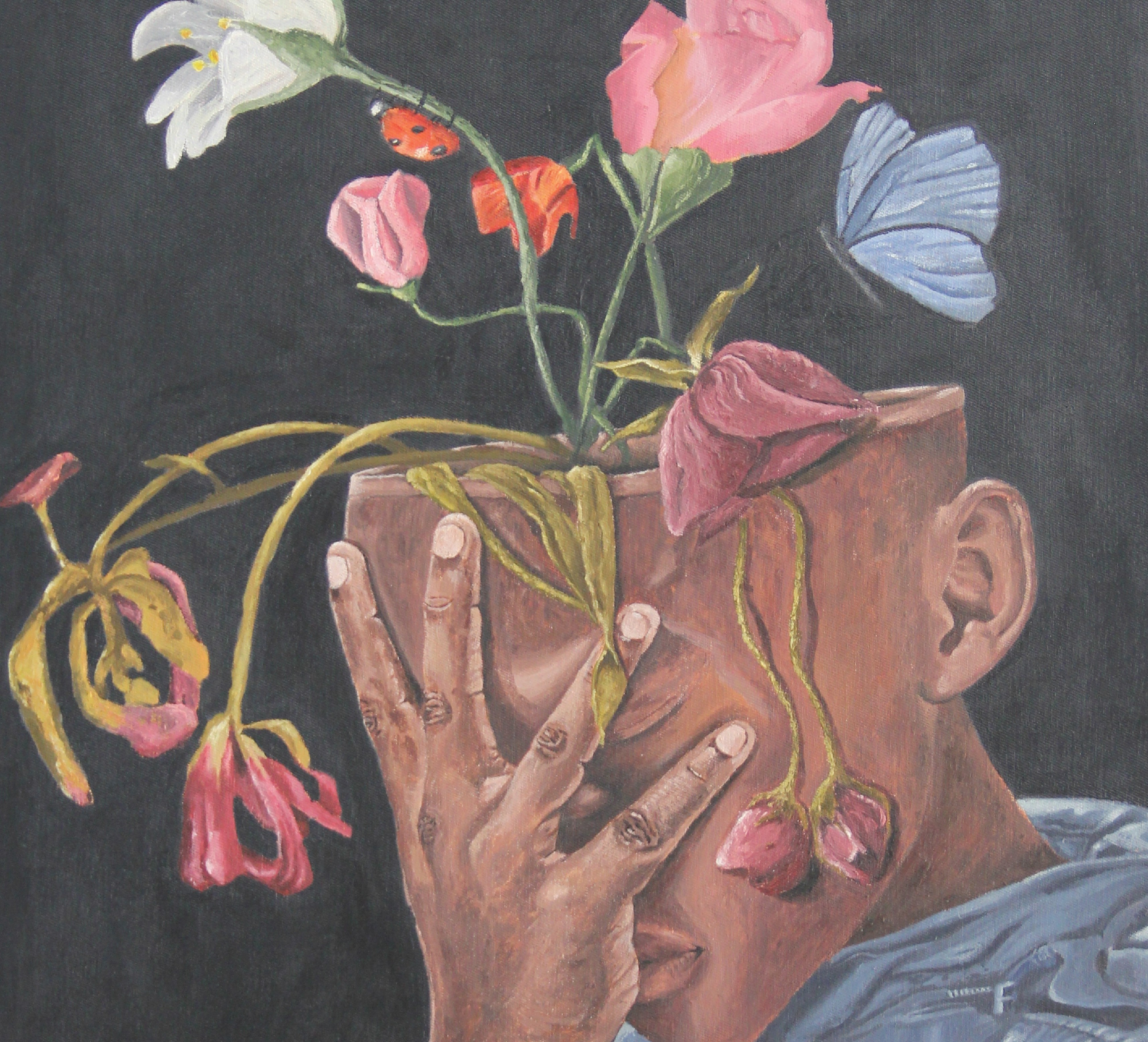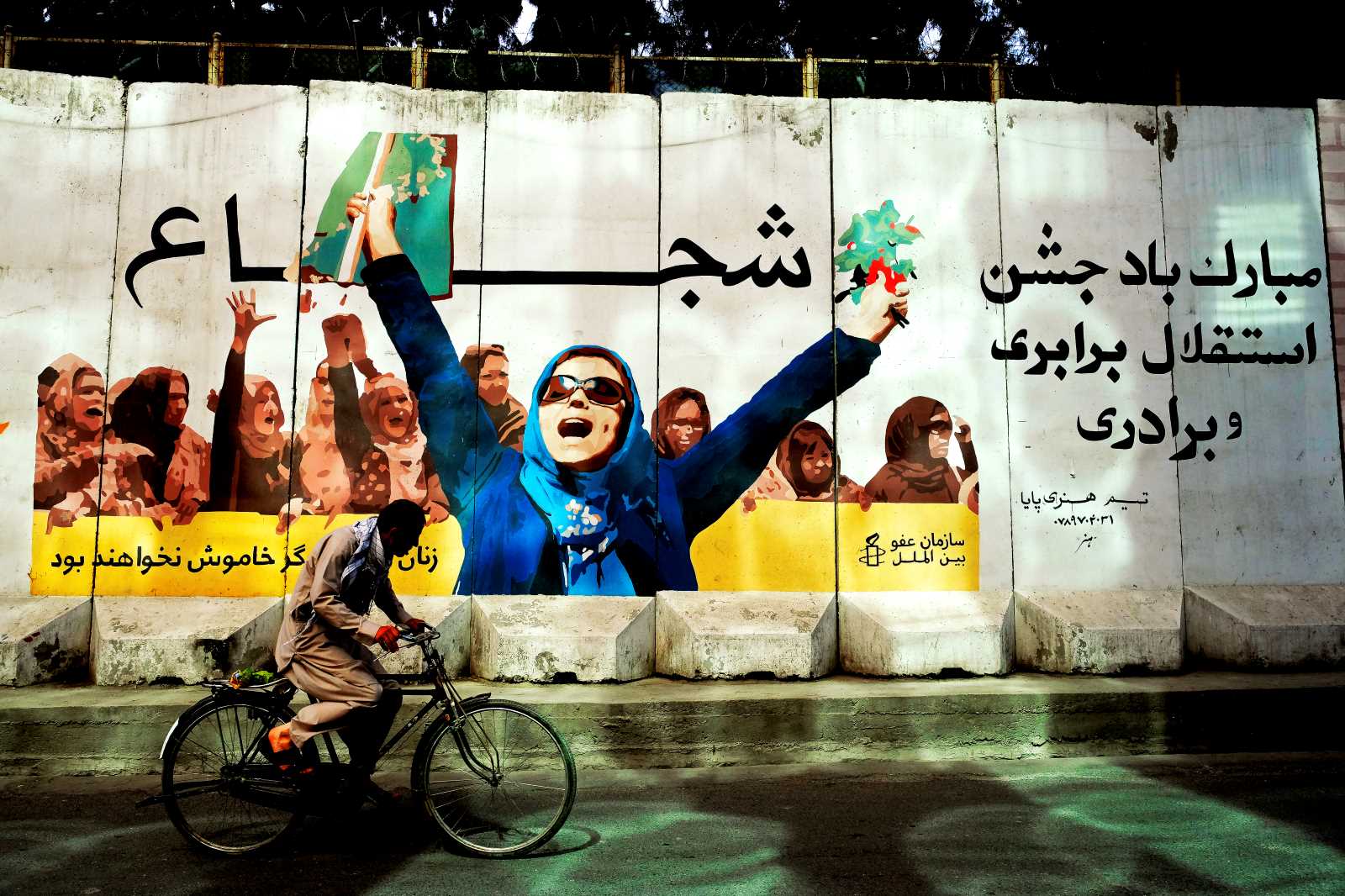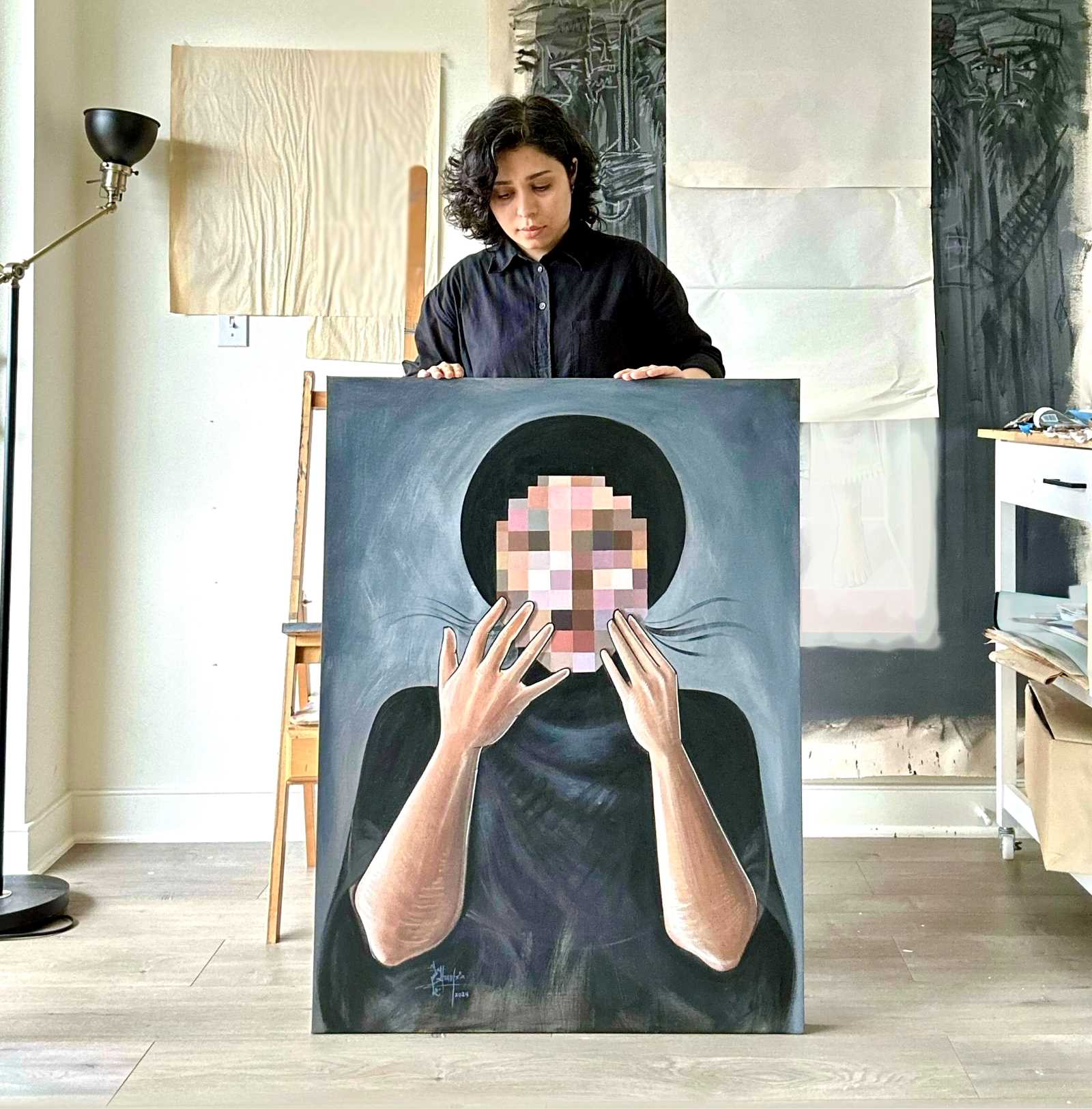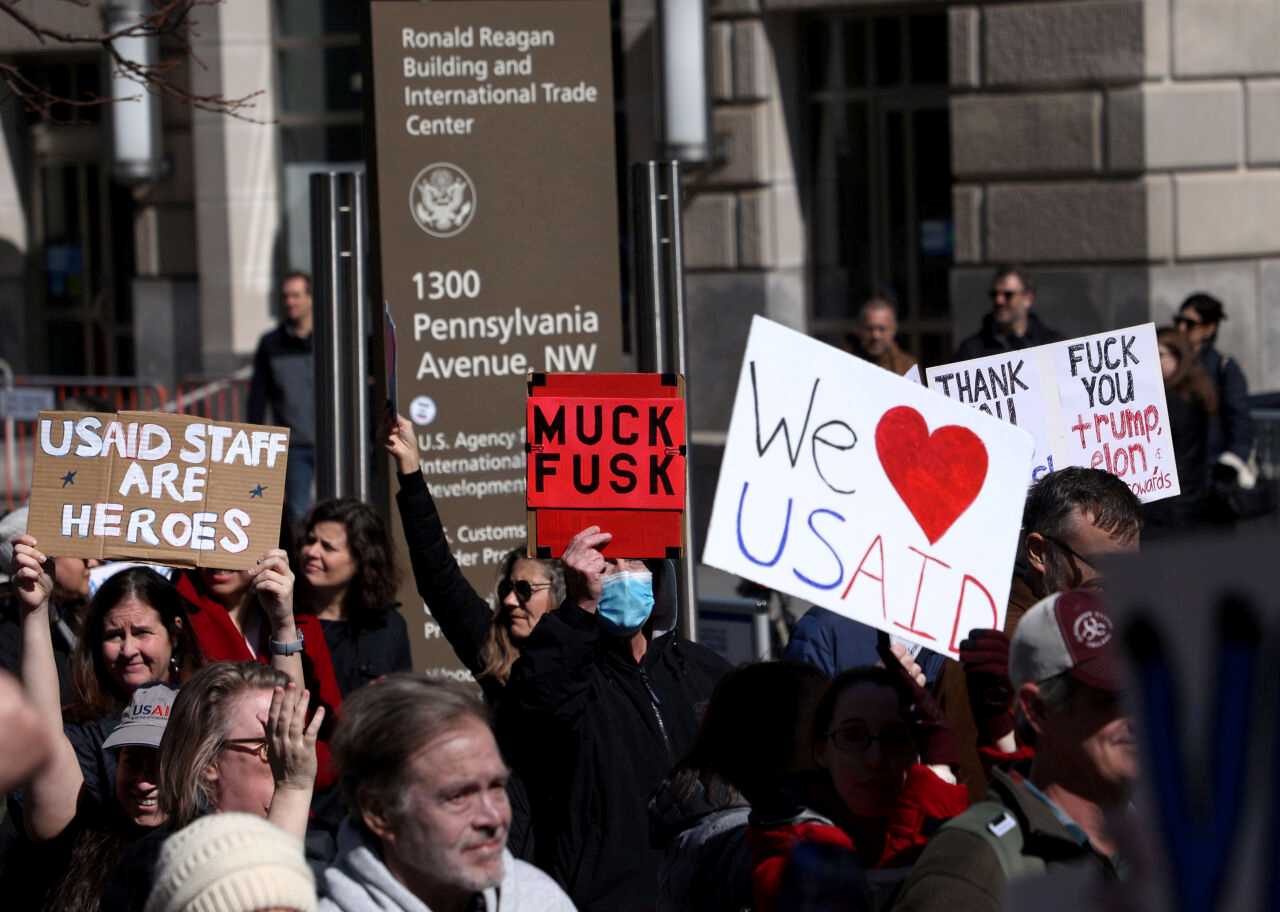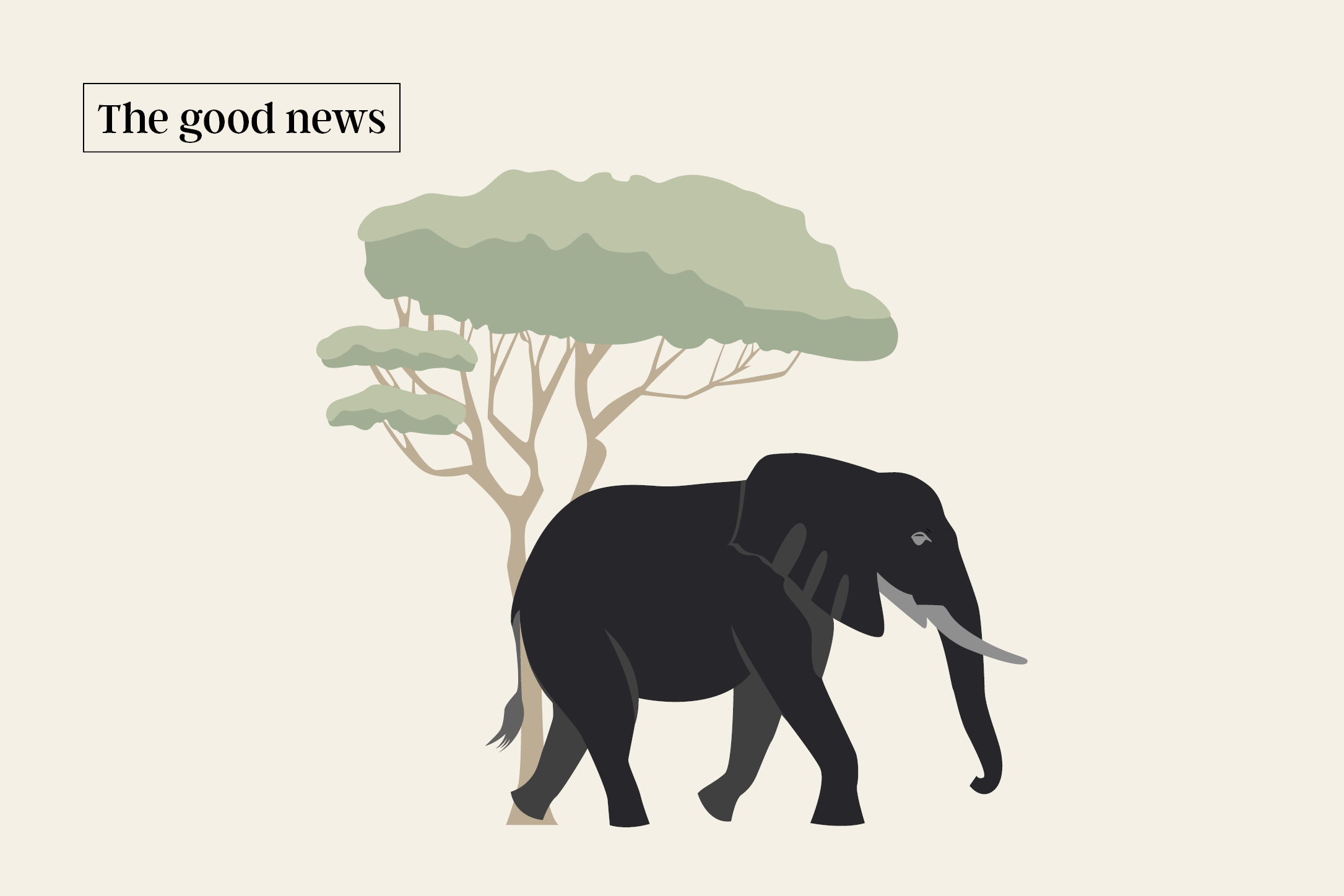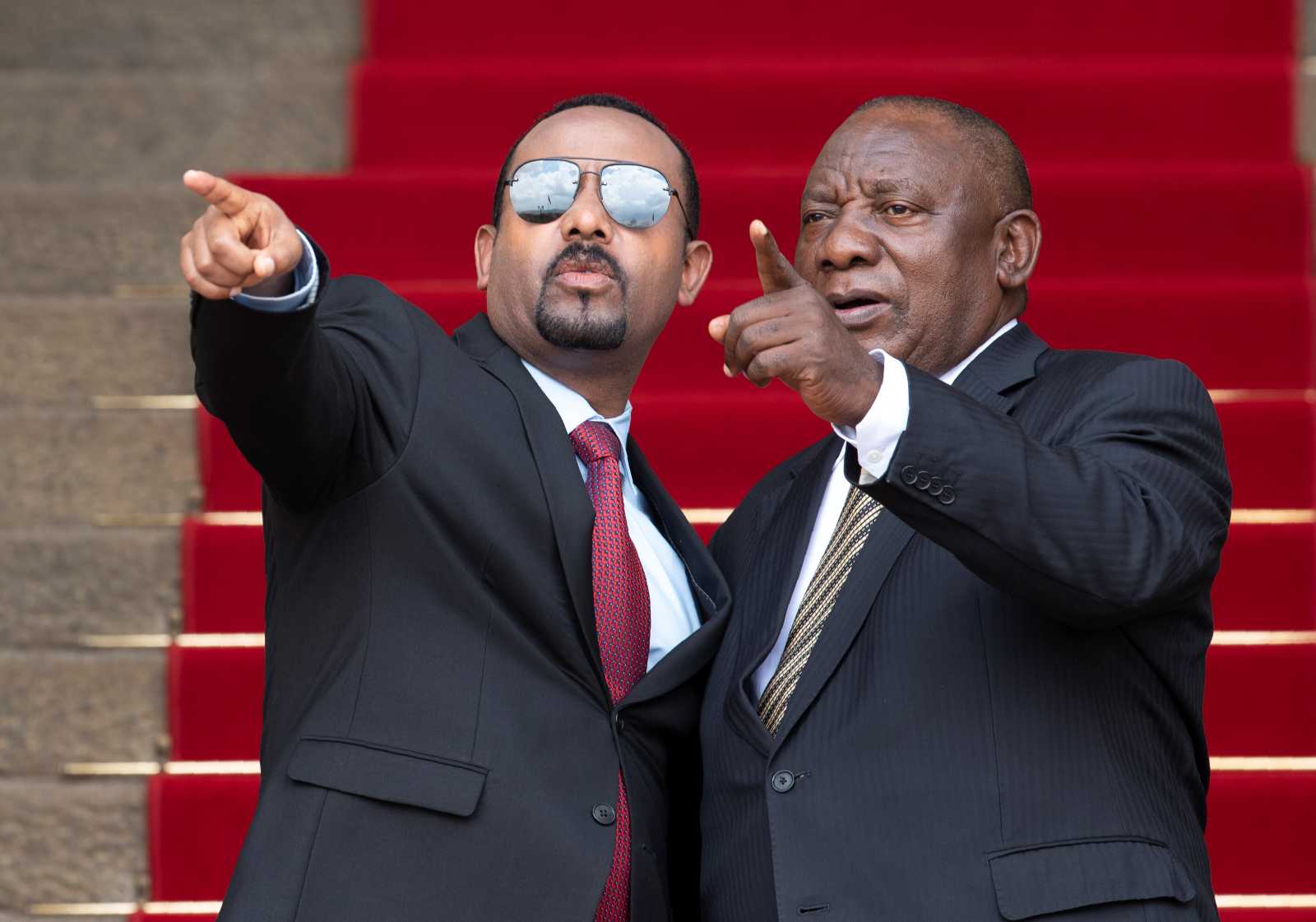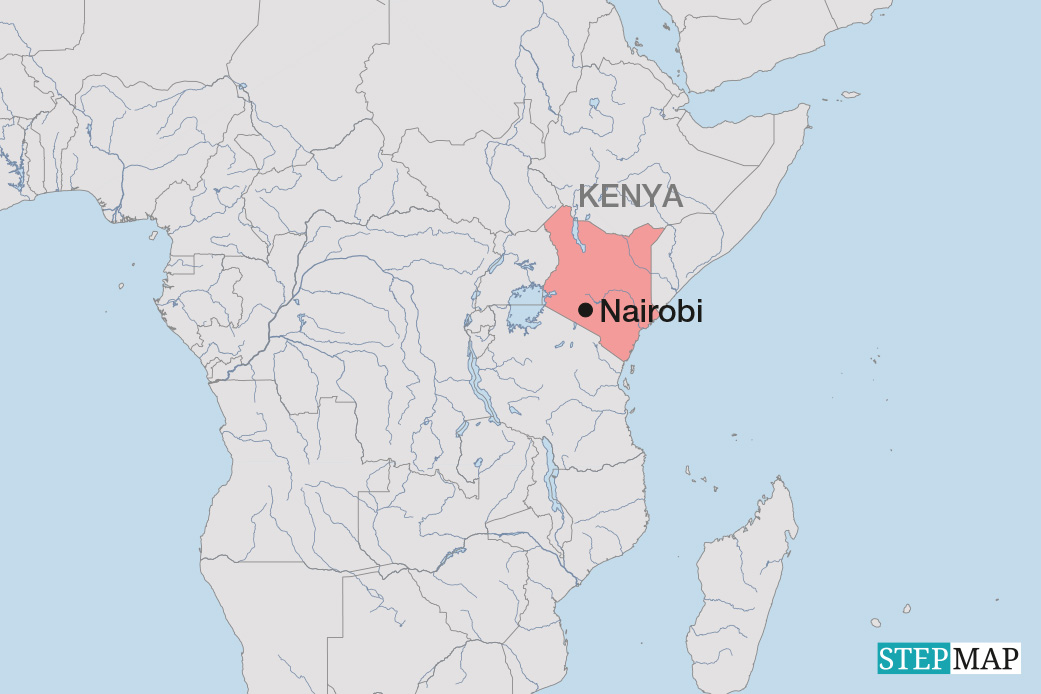Afghanistan
Where women are absent
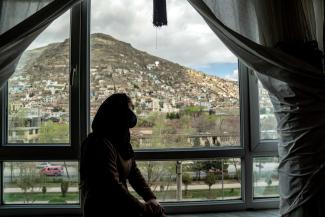
Afghanistan is the only country in the world today where girls are not permitted to attend secondary school. The consequences are dire – for the girls themselves, for their families, for society as a whole and, ultimately, for the international community.
Excluding girls from school means much more than just the loss of professional opportunities. For many children – especially girls – education provides space for curiosity, personal growth and self-efficacy. Denying them access to education deprives them not only of future prospects but also of joy, motivation and some semblance of normality in their everyday lives.
Loss of individual self-determination and health
The consequences are directly reflected in their mental health: since 2021, more and more girls and young women have talked about feeling depressed, anxious and a growing sense of hopelessness. In a study conducted by Bishnaw, a platform for women in Afghanistan, 68 % of those surveyed in March 2023 said that they knew at least one woman who had been suffering in this way since 2021; seven percent were aware of instances of self-harm in their social circle.
At the same time, other health risks are worsening. Access to medical care is increasingly limited, and since December 2024 women have no longer been allowed to begin training as nurses or midwives. This is happening in a country that already has one of the world’s highest rates of maternal mortality. The combination of inadequate healthcare, early marriage out of economic necessity and a high birth rate leaves many girls and women with no alternative prospects.
The consequences go far beyond the immediate present. The children of educated women have a significantly higher chance of survival after birth, are better fed and more likely to attend school themselves (UNESCO). The fact that girls and women are currently banned from education and employment thus poses a direct threat to the future of coming generations.
Families suffer from poverty and hunger
When women are denied an education, they also have no way of accessing the formal labour market. In addition, their mobility is restricted: women are only permitted to go out in public if escorted by a male family member, a mahram. One of the consequences for women of this requirement is that previous activities and earning opportunities have been lost, stripping numerous families of essential income. Current figures from the World Food Programme suggest that two thirds of female-headed households in Afghanistan cannot afford basic nutrition.
What is more, the large numbers of refugees and displaced persons are having a seriously detrimental effect on the Afghan population, as are the climate crisis and the lack of international funding. This year in particular, hundreds of thousands of refugees are again being deported back to Afghanistan – especially from neighbouring Iran and Pakistan – even though some of them haven’t lived there for decades. Moreover, the east of the country was hit by severe earthquakes between 31 August and 5 September. The numbers of fatalities are dramatic, and entire villages have been destroyed. Around 40,000 people in the region are affected.
All of this is exacerbating an already dramatic humanitarian crisis: the European Commission says that more than 23.7 million people – over half the population – are reliant on humanitarian aid. According to UNICEF, nearly 900,000 children under the age of five are suffering from severe malnutrition. Families are being forced to sell the last of their belongings, send their children out to work or marry off their daughters.
Economic collapse and breakdown of essential services
Excluding women from education and the labour market isn’t just a catastrophe on an individual level, but it also has devastating economic effects. Outlawing the education of girls costs Afghanistan 2.5 % of its gross domestic product each year, says UNICEF. Though women account for half of the population, they are only permitted to work in a handful of sectors. According to UN Women, their labour-market participation has already plunged to 24 %, while the equivalent figure for men is 89 %.
The losses in the healthcare sector are particularly dramatic: if no new female doctors, nurses or midwives are trained in future, the provision of medical care for women risks collapsing because treatment by men is often considered socially unacceptable.
If women do not receive education, there will also be a lack of local teachers, social workers and female entrepreneurs – precisely the people who play a key role in stabilising societies and driving innovation. Afghanistan ranks close to bottom in the Women’s Empowerment Index and in UN Women’s Gender Parity Index. On average, women achieve just 17 % of their potential – an alarming shortfall that is worsening all the time.
All of this serves not least to further increase Afghanistan’s dependence on international support. However, this support has repeatedly been used as leverage by donor countries in response to the restrictions on women’s rights in Afghanistan. Yet such withholding of funding does not affect the de-facto authorities that enforce the restrictions of women’s rights, but rather the ordinary population – thereby doubling its suffering.
Furthermore, the exclusion of women isn’t merely a national catastrophe, it’s a global problem. If the international community continues to stand by and watch as the plight of Afghan women deteriorates, fundamental human rights will be abandoned. This also has repercussions for international security: a country that systematically marginalises half of its population can be neither stable nor peaceful.
Taking advantage of the available options
Despite the dire situation, there are options for further supporting women and girls in Afghanistan. Local organisations demonstrate what is possible even under adverse conditions if the goal remains clear: a future in which Afghans are free to fulfil their potential.
Primary-school education is still allowed and provides a foundation that shouldn’t be underestimated. Improving the infrastructure, properly equipping classrooms and implementing healthcare programmes can have a lasting impact. Community centres and those vocational training courses that are still available in some places provide girls with safe spaces in which to engage in exchange, receive psychosocial support and improve their future prospects. Online classes can also facilitate access to secondary education – provided that the safety of the female participants is guaranteed.
A lot can be achieved with flexible funding structures, political support and reliable financing. Germany and the international community must take their responsibility towards Afghanistan seriously rather than continuing to withdraw.
Afghanistan may be an extreme case, but it is also a reminder that a society cannot function without half of its members. As yet, options are still available. These must be politically defended and financially supported. Education for girls is not a symbolic project but an investment in the stability and future of an entire country.
Hila Limar is board chairwoman at Visions for Children e. V.
info@visions4children.org

